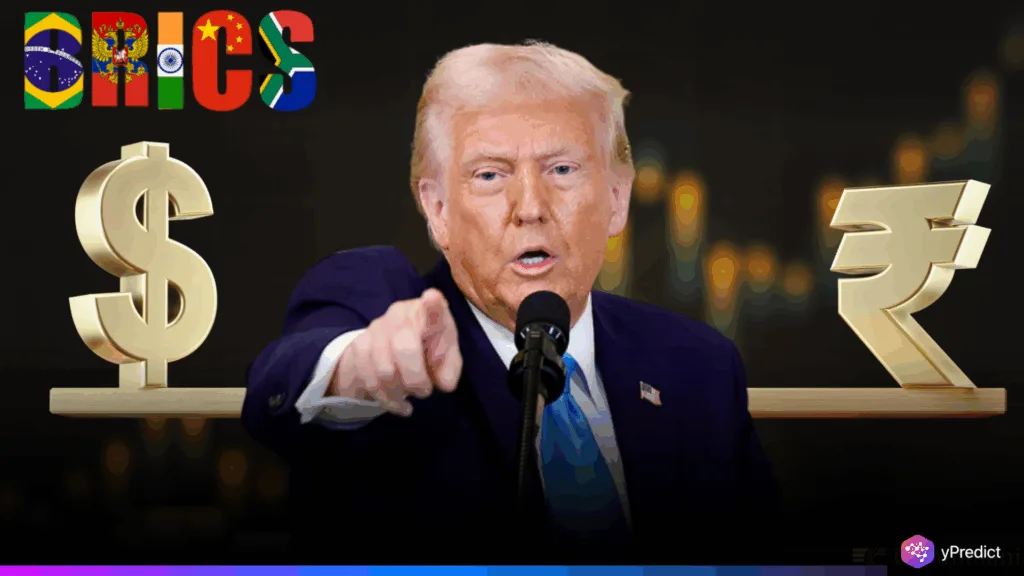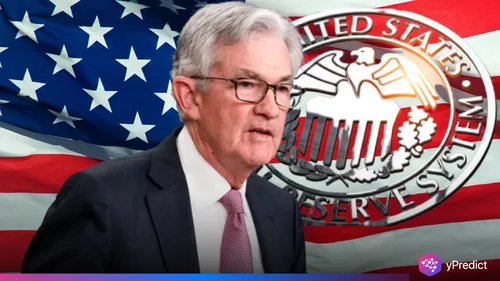
The Indian rupee plunged to its lowest point in nearly a month. This followed Donald Trump’s announcement of a 10% tariff on countries that backed the bloc’s agenda under his Brics Tariff Policy. It was believed that the threat was a reaction to Brics’ attempts to move away from the US dollar. It caused anxiety among investors and put additional stress on the forex market. Analysts said the move could further strain emerging market currencies, particularly those leaning into Brics-led financial cooperation.
Can Trump’s Tariff Threat Shake Forex Stability?
Trump’s latest comments targeted what he termed “Anti-American economic alignments.” Additionally, he announced a 10% tariff on nations implementing the Brics tariff policy, which exacerbated trade tensions worldwide. He cautioned that there would be “no exceptions” in his Truth Social post.
Brics leaders talked about a cross-border payments system over the weekend that might lessen reliance on the dollar. Therefore, many people believe that Trump’s new measure is a response to this change.
Additionally, he had previously implied that if countries stopped using the dollar in bilateral trade, there would be 100% duties. The Indian Rupee responded right away. In intraday trading, INR/USD reached 86 before partially recovering due to expected RBI intervention.
Rupee Plunge Draws Attention as Markets React
The PTI tweet reporting the 48 paise fall quickly went viral. It brought attention to the rupee’s weakness and increasing unpredictability. Additionally, as traders offered their opinions on central bank actions and policy risk, the sentiment spread throughout investor circles.
Analysts cited the strength of the dollar as one important factor. The dollar index surged 0.22% to 97.39 due to cautious sentiment before the Fed meeting minutes. The rupee might remain range-bound between 85.25 and 86.25 shortly.
If Trump’s policy gains more traction outside of India, the volatility of the forex market might increase. Countries thinking about strengthening their ties with the Brics may experience currency sell-offs or a decline in investor confidence.
Additionally, the action is likely to cause current bilateral and mini-trade agreements to be delayed. Scott Bessent, the Treasury Secretary, said that a number of trade agreements are almost complete. However, some people are still stuck and might require a three-week extension.
Brics Tariff Policy May Fuel Trade Shocks
Trump’s warning about the Brics tariff policy could make economic tensions worse. It is evident that the US response is becoming more rigid as Brics pushes for dollar alternatives. Additionally, this might lead to more severe trade rifts, particularly between emerging markets. Forex watchers are on alert for additional policy announcements as India and the US consider finalizing their mini-trade agreement.







